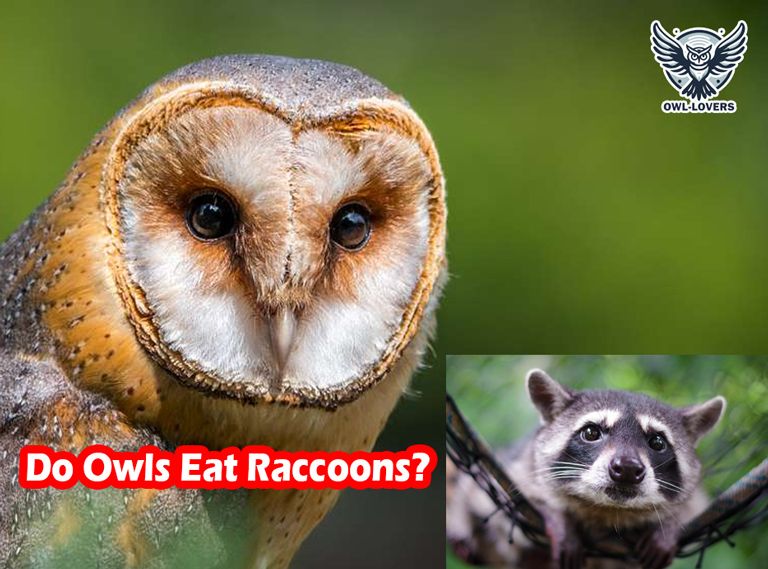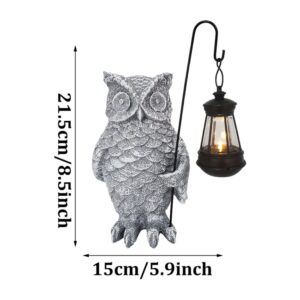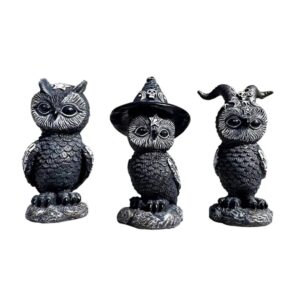Blog
Do Owls Eat Raccoons?
Nature is full of mysteries. The connection between owls and raccoons is a great example. Owls are one of the predators that eat raccoons for survival, and this relationship is quite contrasting with how adorable both of them look.
How do owls catch raccoons? Are there any exceptions to this brutal bond they share? Let’s have a quick and informative read with us!
Great Horned Owls Prey On Raccoons
Great Horned Owls are extremely famous in many ways. They have a loud hoot, they stay in dense woods instead of migrating, and they are quite formidable hunters.
Unfortunately for the raccoons, they can be a tasty meal for the owls.
With utterly silent flight, excellent vision, keen hearing, and strong physical features for hunting, Green Horned owls can catch and drag prey two or three times heavier than them.
Hence, raccoons don’t have much chance against these skilled hunters and these owls can kill a raccoon with surprising ease.
Common Barn Owls Don’t Eat Raccoons
Compared to other owl species, Barn Owls are not at a disadvantage regarding innate features. They can maneuver well in the dark and target the prey with extreme accuracy.
However, unlike their fellow owls, Barn owls are not a threat to raccoons at all. In fact, the situation is quite the other way around. Not only do Barn owls NOT eat raccoons, but they are also the ones who should be aware of raccoons.
Love Owls, check now collection: Owl Figurines
Raccoons Are A Threat To Young Barn Owls!
Not so long ago, Prairie Park Nature reported that a raccoon managed to sneak its way through the fence of the Birds of Prey exhibit and killed a young barn owl.
It was not the first time similar events have happened. Experts have pointed out that North American barn owl’s nests tend to be in habitats with clearing instead of inside the woods. The holes are also arranged at higher spots compared to how they are in Europe.
The reason is none other than raccoons. They are dangerous predators to Barn owls. In response to this threat, female owls often surround the eggs with their shredded pellets to keep them safe.
Nonetheless, the ghostly white color of Barn owls and their tendency to be near cemeteries make them misunderstood. Sometimes, they need help, but people ignore them or even hurt them more, and wrong facts should be corrected soon.
Check more: Do Owls Eat Chickens?
How Do Owls Eat Raccoons?
Our cunning Green-Horned owl will find a convenient perch on its favorite and familiar tree first. It will observe the raccoon from above, wait for the right moment of distraction, and swoop in to attack using its powerful talons.
Sometimes, they will let the prey come closer right beneath where they are, probably for better vision, and drop themselves onto the target, giving them no chance to escape before opening their wings wide.
If you can observe the owl closer, you will see it lean its cute head backward and push its feet forward. The talons are spread, hitting the raccoon with sufficient strength to stun it before the owl uses its beak to dispatch the prey.
The special feathers on owl wings and the excellent senses are the main factors that help the owls to stalk and hunt without giving the prey any chance to react.
When the owl feels like some other predator is watching and waiting to steal its meal, it will be in a mantling posture, using its wings to hide the raccoon from plain sight.
If the owl is not particularly hungry, it might eat just a bit of the raccoon and save the surplus. This habit is a survival instinct for times when the source of food becomes scarce.
The Takeaways
Despite looking so cute and harmless, raccoons cannot escape their fate as prey and owls eat them with relish. With silent wings, extremely sharp senses, and precision, owls have become something raccoons have to be aware of if they want to survive another day.
However, raccoons are also threats to Barn owls.
Nature works in ways we still can’t understand, hence we should keep our minds open and constantly share our experiences with others!










